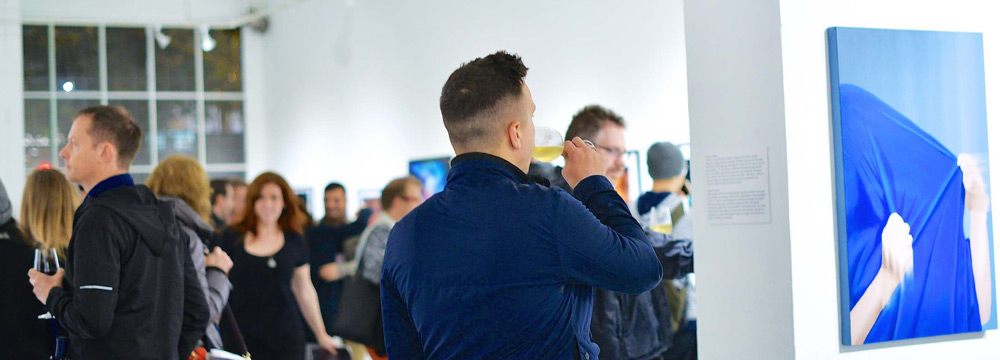Lorna Thomas’s son Alex was a friendly, hard working welder. Sadly, he died by suicide in the spring of 2012.
Following his death Lorna turned to the Support Network for help, which was an organization in Edmonton, Alberta that had a one-on-one bereavement program for people whose loved one died by suicide.
The group also hosted a suicide loss memorial and awareness night. In the fall of 2012 Lorna attended the very first event, called “Evening to Remember.” Lorna said she wanted to attend, not only to process her own grief, but also to meet with others who’ve experienced a similar loss.
“When you share your story, you feel lighter, and you also feel like you’re doing your part to make someone else’s experience a little easier so they don’t feel so alone,” she said. “It’s the idea of coming together as a community and breaking down the stigma.”
In 2013 Lorna attended the “Evening” again and was one of the featured speakers, sharing her personal story. The “Evening to Remember” is now an annual event and is currently in its sixth year. It is now hosted by the Canadian Mental Health Association of Edmonton.
In 2016, in addition to suicide loss survivors sharing their stories, the “Evening to Remember,” featured music, dance, a flower ceremony, and a slide show featuring portraits of the loved ones being remembered.
The evening also featured both the “Stay” and the “Still Here” photography exhibits – several of the ‘Stay’ photos were contributed by Lorna and her daughter. Lorna says participating in the project helped her better understand her own experience and helped her heal.
This was the first Alberta exhibit of “Still Here,” an exhibit about suicide in LGBTQ communities. All photographs were contributed by people affiliated with that community, people who have survived a suicide and those who knew someone who completed suicide. The photographs from this exhibit have been shown across Canada and internationally
Lorna says the exhibits sparked conversation and provided people with potential coping tools that they might be able to use to heal.
“I think public exhibits like that are so important because we are trying to break the silence,” she said. “It provides a little bit of an example of how you can express yourself. Expression through talking or photography, or art is a healthy thing to do.”
Lorna said when she speaks to others who have experienced a loss she often encourages them to take photographs that detail their experiences.
“It’s hard. It’s not easy to tell your story,” she said. “Like with our son’s story there’s often a lot of uncertainty about what it is like for the family. How did we cope? What is our life like moving forward? So I think it is a very important story for people to know. It gives others hope that they can go on to live productive lives, holding their loved ones close in their heart.”
To learn more about “Still Here” and for upcoming exhibits please visit our website.
